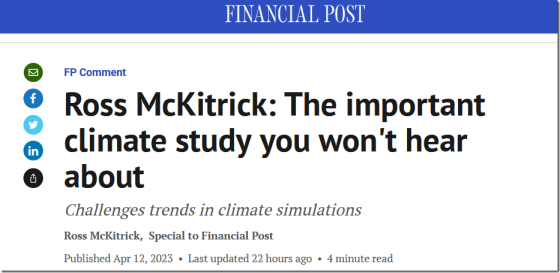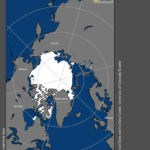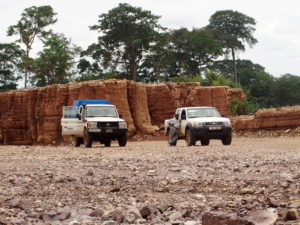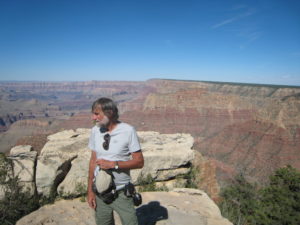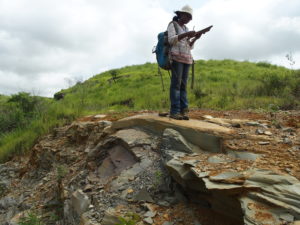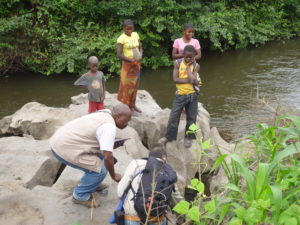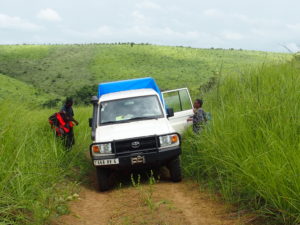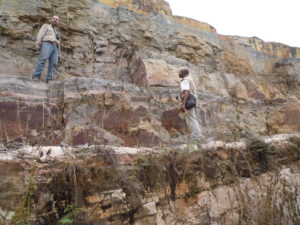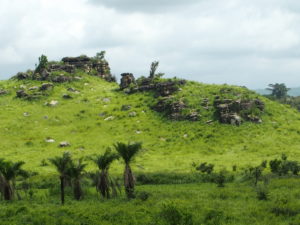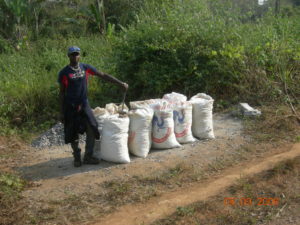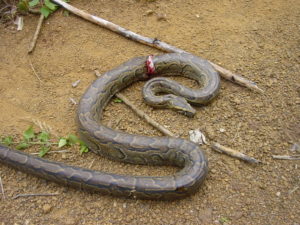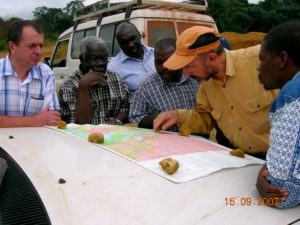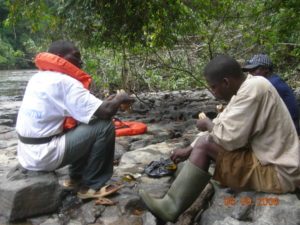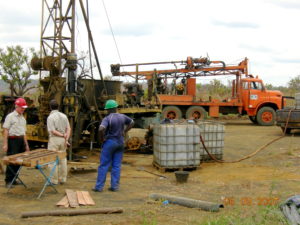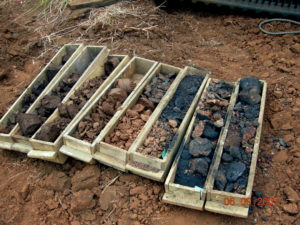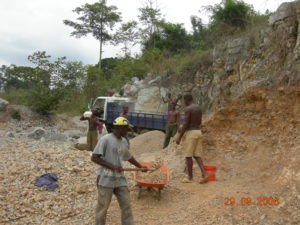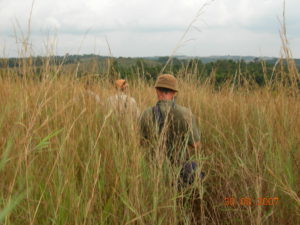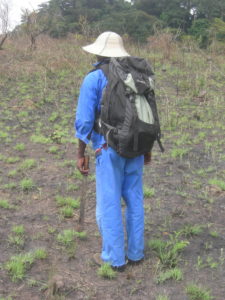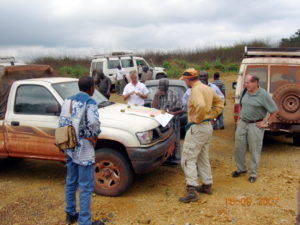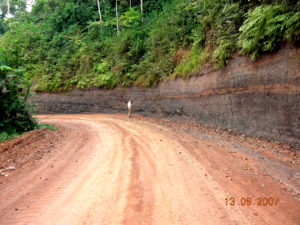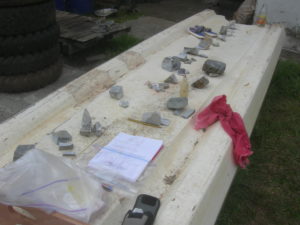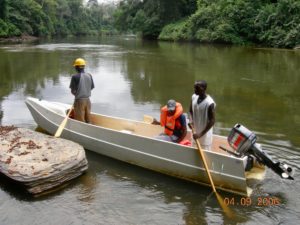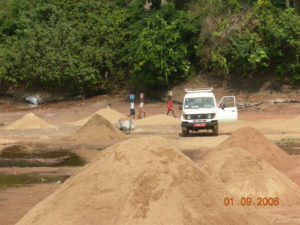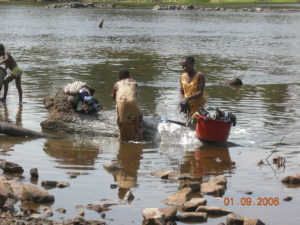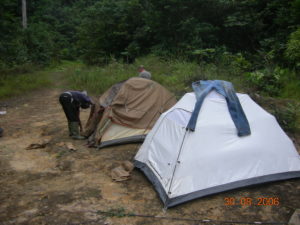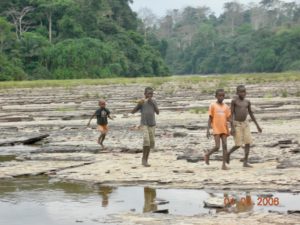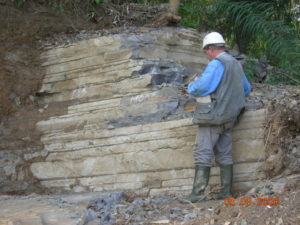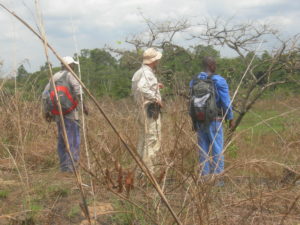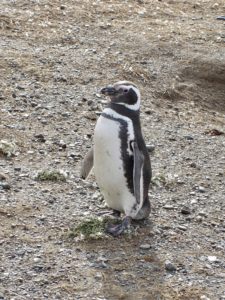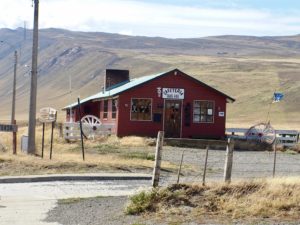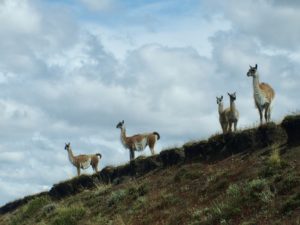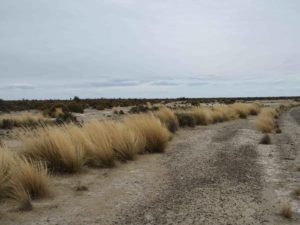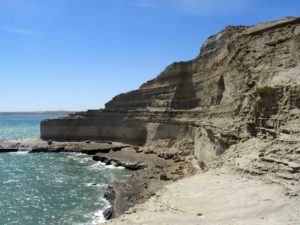by R. Barmby, 9 Apt 2023 in CO2Coalition
I’ve looked at climate change from both sides now, and I have found common ground between proponents and skeptics of the belief that climate change is largely caused by humans. When it comes to forecasting global temperatures, distinguished experts in both camps agree a dominant variable cannot be simulated in computer models because clouds get in the way.
Among the proponents is Dr. Bjorn Stevens, a contributing author to the Intergovernmental Panel on Climate Change (IPCC) Assessment Report 5 (2014). Dr. Stevens is also director at the Max Planck Institute for Meteorology, Hamburg, Germany, and a cloud expert. In a recent interview he acknowledged the contribution of clouds to global warming is overestimated in the IPCC’s “Climate Change 2021: The Physical Science Basis.”
“Clouds are tricksters,” he said, referring to their complexity. However, he said, many scientists use oversimplified representations of clouds in modeling “as a guide because they are easier to simulate. This makes the climate models less accurate.”
On the skeptic side is Dr. Richard S. Lindzen, a former lead author for IPCC Assessment Report 3 and now a vocal critic of the IPCC. In a recent podcast the interviewer noted that Lindzen had published sufficient research papers to earn 80 PhDs. (Lindzen humbly declined the praise.)
Lindzen, professor emeritus of Atmospheric Sciences at the Massachusetts Institute of Technology, points out that IPCC models rely on the assumption that water vapor and clouds amplify the greenhouse gas effects of CO2 in order to achieve forecasts of catastrophic global warming. The IPCC theory is that a warmer atmosphere will have a higher content of water vapor – itself is a greenhouse gas – that adds to the warming caused by CO2. Without this amplifying “positive feedback” effect, the models are still wrong for many reasons, but they no longer project “catastrophic” warming.
Dr. Stevens, who is on record stating that global warming is a “huge problem,” agrees that increased clouds do not amplify global warming: “Water-rich low clouds over the tropical ocean have the greatest cooling effect and low-water ice clouds at high altitudes have the strongest warming effect. Overall, the cooling effect is greater.” That’s called “negative feedback.”
Dr. Lindzen argues that global average temperature is controlled by the polar regions. The temperature at the tropics remains relatively constant over long periods of time while the polar regions have significant variations. In other words, a small change in global average temperature is the result of a big change in polar temperatures. The stability of tropical temperatures indicates that increased clouds provide negative feedback in times of global warming. Rather than exacerbating the global warming effect of CO2, clouds reduce it.
Lindzen proposes the mechanism by which greater negative feedback is produced: High altitude cirrus clouds (Dr. Stevens’ low-water high altitude ice clouds that cause warming) control heat emissions to space. As the air below these clouds warms, the cirrus clouds dissipate and allow more energy to radiate into space. He calls this the Iris Effect.
…
…






